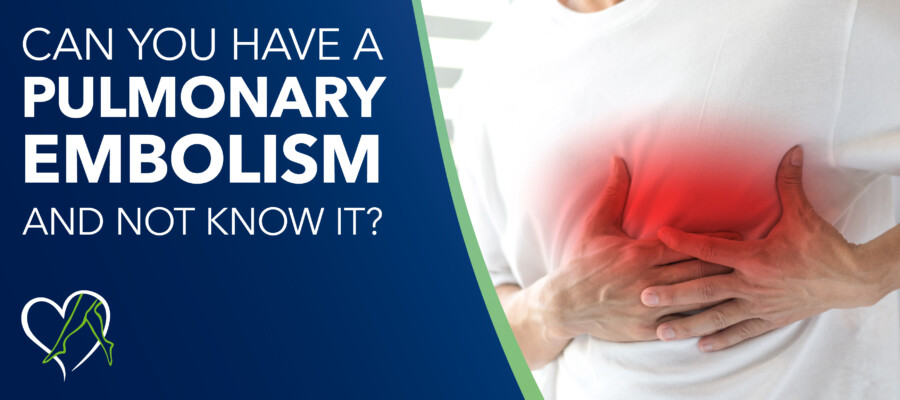Air embolism is a rare but serious condition that can have life-threatening consequences if not properly understood and treated. In this blog post, we will explore the causes, risks, and complications associated with air embolism. Our goal is to provide you with a comprehensive understanding of this condition, so you can recognize its signs and seek appropriate medical care when necessary.
What is Air Embolism?
Air embolism occurs when one or more air bubbles enter the bloodstream and obstruct blood flow. This can happen when air is introduced into veins or arteries through various means. While it is a rare condition, it can have severe implications for your health.
How Air Embolism Happens
Air embolism can occur in several ways. One common cause is medical procedures, such as surgeries or intravenous (IV) therapy. During these procedures, air can accidentally be introduced into veins or arteries. Diving accidents are another risk factor, as rapid ascent can cause nitrogen bubbles to form in the blood. Additionally, trauma to the chest or lungs can lead to air embolism.
Symptoms of Air Embolism
Recognizing the symptoms of air embolism is crucial for timely intervention. Symptoms may include:
- Difficulty breathing or shortness of breath
- Chest pain or tightness
- Confusion or disorientation
- Weakness or numbness, often on one side of the body
If you or someone you know experiences these symptoms, seek immediate medical attention.
Risks Associated with Air Embolism
Understanding the risks associated with air embolism can help you take preventive measures and make informed decisions regarding medical procedures and activities.
Medical Procedures and Air Embolism
Certain medical procedures can increase the risk of air embolism. Surgeries involving the heart, brain, or lungs are particularly high-risk. Additionally, improper insertion or removal of IV lines can introduce air into the bloodstream. Healthcare professionals take precautions to minimize these risks, but it is essential to be aware of potential complications.
Diving and Air Embolism
For those who enjoy scuba diving, air embolism is a significant concern. Rapid ascent while holding your breath can cause nitrogen bubbles to form in the blood, leading to decompression sickness, also known as “the bends.” Following proper ascent procedures and using safety equipment can reduce the risk of air embolism while diving.
Trauma and Air Embolism
Traumatic injuries to the chest or lungs can also result in air embolism. Car accidents, falls, and other forms of blunt trauma can introduce air into the bloodstream. In such cases, prompt medical evaluation and treatment are essential to prevent complications.
Complications of Air Embolism
The complications of air embolism depend on the size and location of the air bubbles in the bloodstream. Understanding these complications can help you recognize the severity of the condition.
Cardiovascular Complications
When air bubbles enter the bloodstream, they can obstruct blood flow to vital organs, including the heart. This can lead to cardiovascular complications such as heart attack or arrhythmia. In severe cases, air embolism can cause cardiac arrest.
Neurological Complications
Neurological complications are also common with air embolism. The brain is highly sensitive to changes in blood flow, and air bubbles can disrupt the supply of oxygen to brain tissues. This can result in strokes, seizures, or even permanent brain damage.
Respiratory Complications
Air embolism can have serious effects on the respiratory system. Air bubbles in the lungs can obstruct the flow of oxygen and carbon dioxide, leading to respiratory distress. Symptoms may include difficulty breathing, rapid breathing, and cyanosis (bluish discoloration of the skin).
How to Prevent Air Embolism
Preventing air embolism involves understanding the risks and taking appropriate precautions. Here are some steps you can take to reduce the risk of air embolism in various scenarios.
Preventing Air Embolism During Medical Procedures
When undergoing medical procedures, it is essential to discuss the risks of air embolism with your healthcare provider. Ensure that proper protocols are followed to minimize the introduction of air into your bloodstream. If you have concerns, do not hesitate to ask questions and seek additional information.
Preventing Trauma-Related Air Embolism
While accidents are sometimes unavoidable, taking steps to prevent trauma can reduce the risk of air embolism. Wear seatbelts while driving, use protective gear during sports and recreational activities, and exercise caution in potentially hazardous situations.
Treatment for Air Embolism
If air embolism is suspected, prompt medical intervention is critical. Treatment options may vary based on the severity of the condition and the location of the air bubbles.
Hyperbaric Oxygen Therapy
Hyperbaric oxygen therapy (HBOT) is a common treatment for air embolism. During HBOT, patients breathe pure oxygen in a pressurized chamber. This helps reduce the size of air bubbles in the bloodstream and improves oxygen delivery to tissues.
Surgical Intervention
In some cases, surgical intervention may be necessary to remove air bubbles or repair damaged blood vessels. This is typically reserved for severe cases where other treatments are not effective.
Conclusion
Air embolism is a rare but serious condition that requires prompt recognition and treatment. By understanding the risks and complications associated with air embolism, you can take proactive steps to reduce your risk and seek timely medical care if necessary.
If you have any concerns or questions about air embolism, consult with your healthcare provider or reach out to the best chiropractor in Lehi for expert advice on maintaining your health and well-being.

